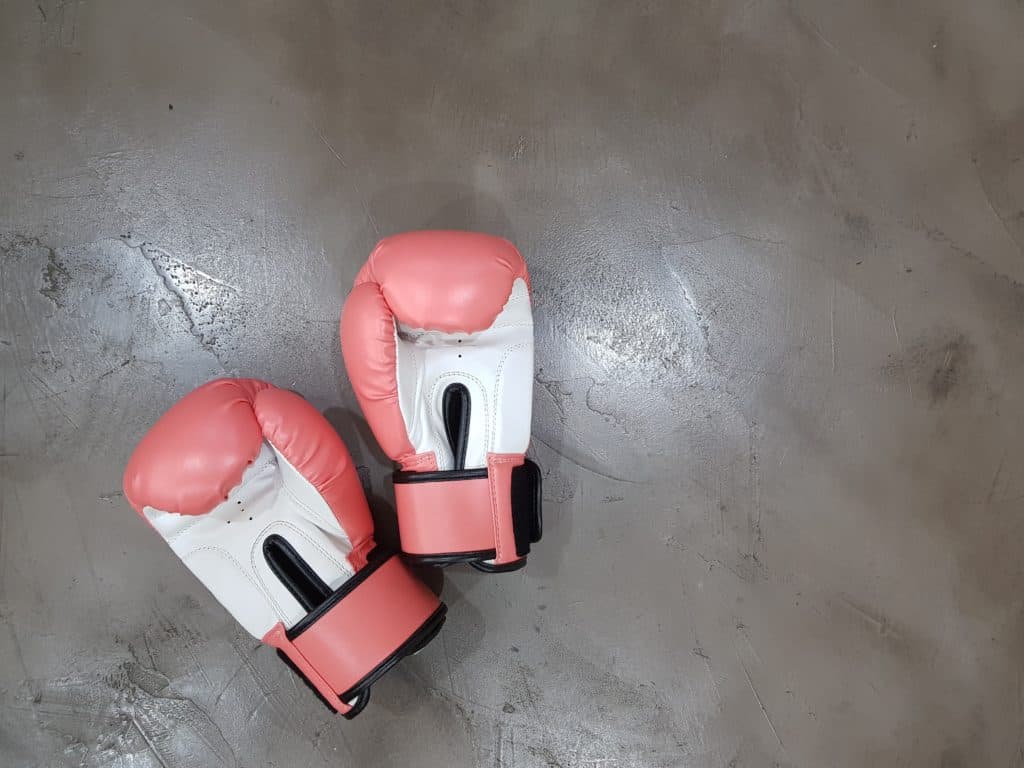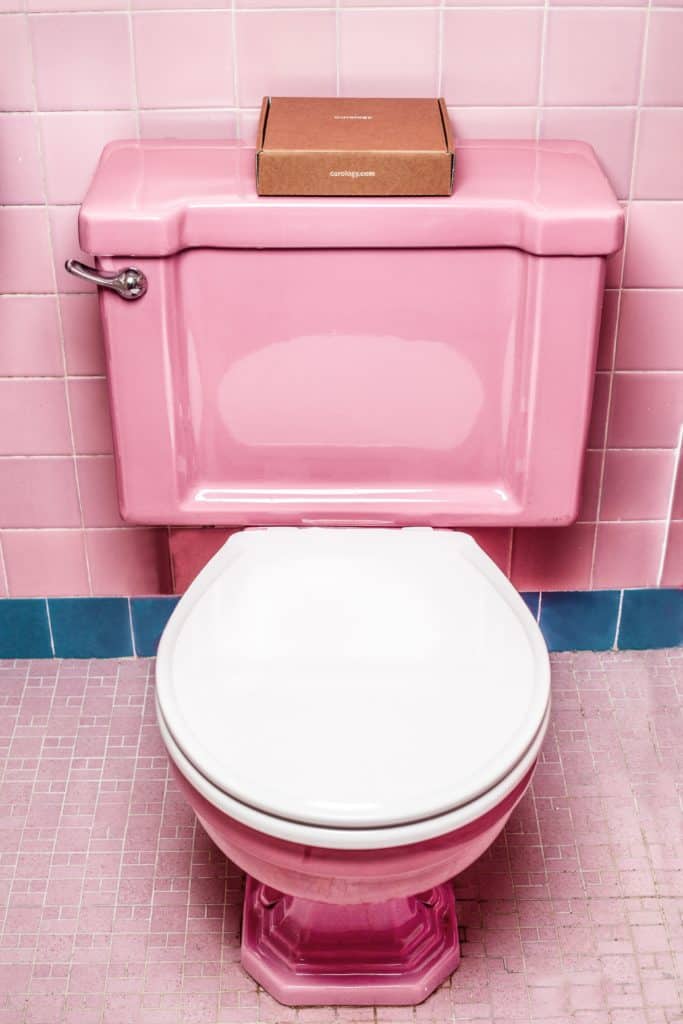Endometriosis & Estrogen: Practical Ways to Fight Estrogen Dominance- Part 1
By Melissa Velasco

Why is there so much focus on estrogen dominance in the endometriosis community?
For one, we know that there are so many questions left to be answered when it comes to endometriosis (aka “endo”). But one thing we are sure of is that endo is an estrogen-dependent disease.
Secondly, it’s very empowering when an Endo Warrior can put into place steps that will help them regain the life that they once had. Or, for some, a life that they always dreamed of. A pain free life.
All too often we see women adopting lifestyle choices that will only hurt their overall health. For example, eating poorly during a flare can only worsen symptoms and lead to more debilitating pain.
This mentality commonly stems from the fact that researchers have yet to find a cure for endometriosis; leading warriors to believe that there is nothing they can do to help themselves.
But that is so far from the truth! So, in this 5-part series, we will provide tangible steps that will help you balance your hormones and gain control of your overall health.
What is Estrogen Dominance?
The term estrogen dominance can be described in two ways. On one hand, it can mean that there are elevated estrogen levels in the blood. But on the other hand, estrogen levels may be normal and other hormones are below normal ranges; resulting in a dominance of estrogen in the body.
Elevated estrogen in the body can happen:
- When we have poor gut health.
- If we are experiencing excess stress.
- With poor food choices.
- If we have excess body fat.
- With exposure to environmental estrogens.
But regardless of the factors, estrogen dominance can be the cause of many symptoms that accompany endometriosis; like heavy periods, headaches, and mood swings. And, of course, it can result in progression of this chronic disease that we are all trying to get rid of.
The great news is that there are ways in which we can help our body’s natural ability to balance hormones. And today, we are going to introduce the first way that you can help eliminate excess estrogen.
Part 1: Proper Elimination is Key!
And by elimination, we mean pooping. Because the fact is, constipation and frequent diarrhea can inhibit your body’s ability to get rid of excess estrogen. Essentially, instead of leaving the body with a normal bowel movement, estrogen can be reabsorbed or leak back into the body’s circulation.
Because endometriosis adhesions often form around the bowel and rectum, it is very common to find an Endo Warrior who battles one or both of these symptoms.
So, in order to help your body properly eliminate excess estrogen, it’s important that you bring attention to your gut.

Pooping is Important!
If you talk with any registered dietician, registered nurse, or other healthcare professional, you may find that the conversation often finds its way towards the discussion of bowel movements. This is because your stool can give healthcare professionals so much insight into your overall health and dietary choices.
For example, most people who struggle with constipation are lacking adequate fiber and hydration. But this is not always true for everyone. As mentioned, endometriosis can be a cause of constipation due to adhesion formation around the gut.
Though in some cases endometriosis and diet may be working together to keep you from having normal bowel movements.
But finding someone to expertly excise bowel adhesions can be difficult and expensive. So, it’s only obvious that a focus on your diet should be one of the first steps to improving symptoms of diarrhea and/or constipation.
Dietary Changes That Can Reduce Estrogen Dominance

- Drink Up!
- We’re not talking about alcohol here. Instead, it is vital that you maintain adequate water intake. Our bodies thrive when we maintain proper hydration, and so does our gut! A good rule of thumb is to drink half of your body weight (lbs.) in ounces.
- For an easy to understand example, if you weigh 120 pounds, then you should be drinking 60 ounces per day. However, if you are very active and sweating often, you should be drinking more.
- Eat more foods rich in fiber!
- It’s easy to assume that you are eating enough fiber. But the truth is, most Americans are eating about half of the recommended 25-30 grams of fiber per day. Increasing your fiber intake will help maintain soft-formed stool, rather than hard or watery stools.
- Foods that are rich in fiber include: whole grains, legumes, beans, fruits, and leafy green vegetables.
- Visit this great resource to learn more about increasing your fiber intake.
- Incorporate cruciferous vegetables as often as you can.
- Aiming for 3 cups of cruciferous vegetables a week can help your liver in moving estrogen out of the body. They are also an added source of fiber, so you’ll be winning no matter what.
- Cruciferous vegetables include broccoli, cauliflower, Brussels sprouts, kale, cabbage, collard greens and bok choy.
- Avoid high fat foods
- Unfortunately, foods high in fat can boost hormone levels like estrogen. They also increase fat deposits in the body where estrogen likes to accumulate.
- This is not to say that you should avoid healthy fats like nuts and avocado. Instead, avoid fast food, processed foods, and dairy products like ice cream.
- Decrease animal protein intake and opt for more plant-based proteins.
- We’re not saying you must become vegan or vegetarian. All we want to point out is that plant-based proteins have the added benefit of containing fiber that can help you with elimination.
- Start incorporating more plant-based meals into your diet week by week, and you will most definitely see an improvement in your bowel movements.
Estrogen Dominance: A Series
As mentioned, focusing on your diet should be one of the first steps. But all these interventions provide one glimpse into the many other steps that you can take to decrease your estrogen burden.
So, stay tuned! Next month we will be providing more tangible and feasible steps that can be taken to help you manage your endometriosis diagnosis.
References
- Giudice, L. C., & Montgomery, G. W. (2017). New Lessons about Endometriosis — Somatic Mutations and Disease Heterogeneity. The New England Journal of Medicine, 376, 1881-1882. doi:10.1056/NEJMe1701700
- Poliquin Group Editorial Staff (2012). 10 Ways to Lower Estrogen Toxic Load. Poliquin Group: Articles & Multimedia. Retrieved from http://main.poliquingroup.com/ArticlesMultimedia/Articles/Article/801/10_Ways_To_Lower_Estrogen_Toxic_Load_.aspx
- Brighten, J. (n.d.). 5 Steps to Eliminate Estrogen Dominance. Retrieved from https://drbrighten.com/5-steps-to-eliminate-estrogen-dominance/
- Barnard, N.D., Levin, S.M., & Reilly, J.K. (2017). Cancer Survivor’s Guide: Foods That Help You Fight Back, Update Edition. Tennessee: Book Publisher Company.
- UCSF Health (n.d.). Increasing Fiber Intake. Retrieved from https://www.ucsfhealth.org/education/increasing_fiber_intake/
About The Author: Melissa Velasco
Melissa is a Registered Nurse who has spent over 6 years providing education and care to adults battling illness and disease.
In 2017, she was diagnosed with endometriosis. Since her diagnosis, Melissa has devoted her spare time to providing research-based education, advocacy, and support to people struggling with endometriosis
Go here to learn more.